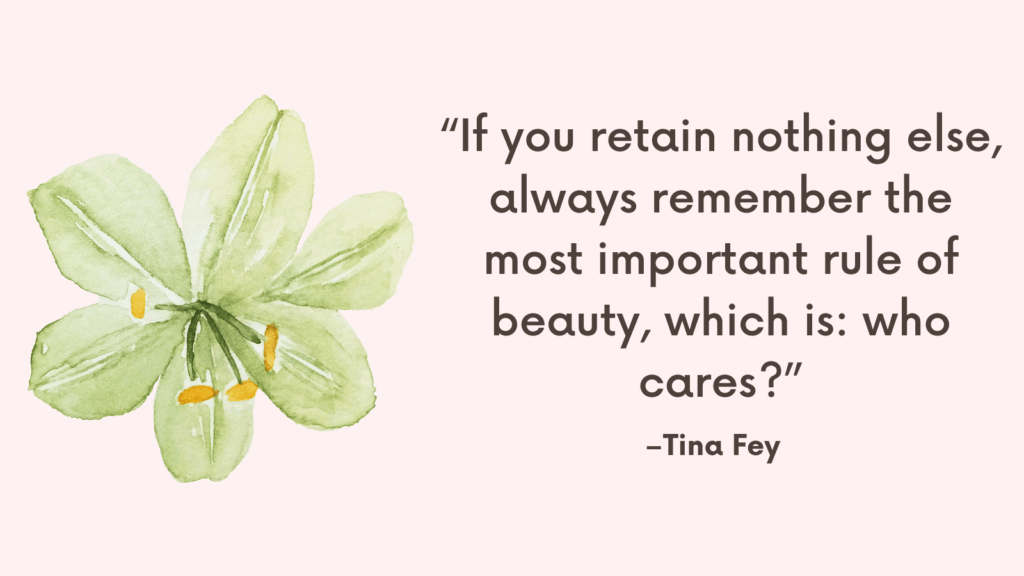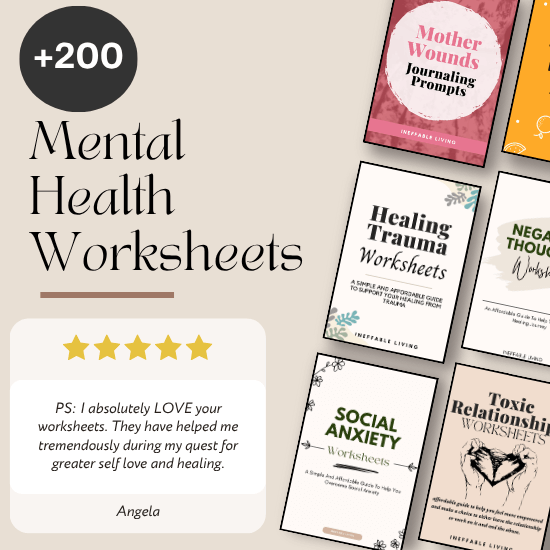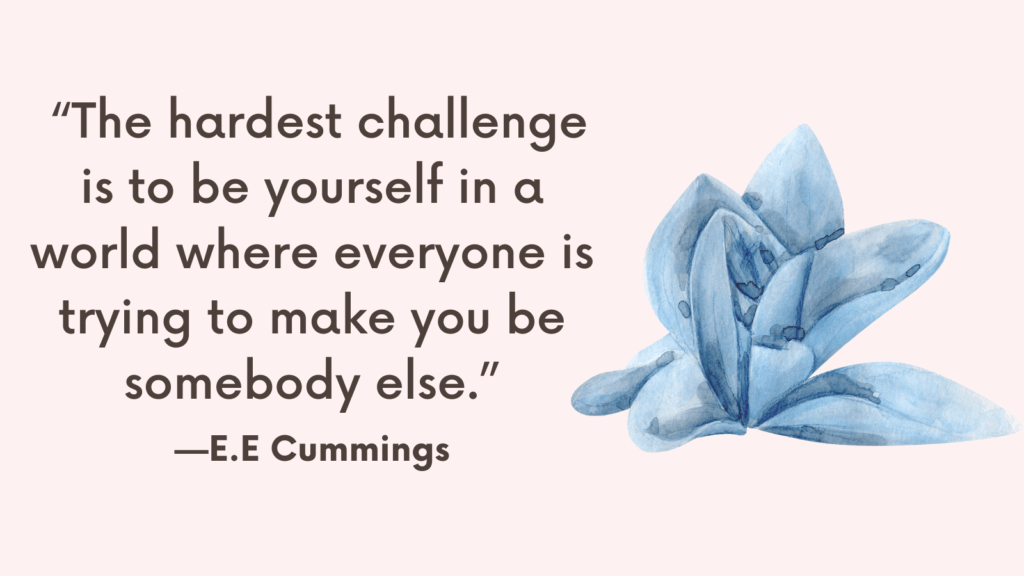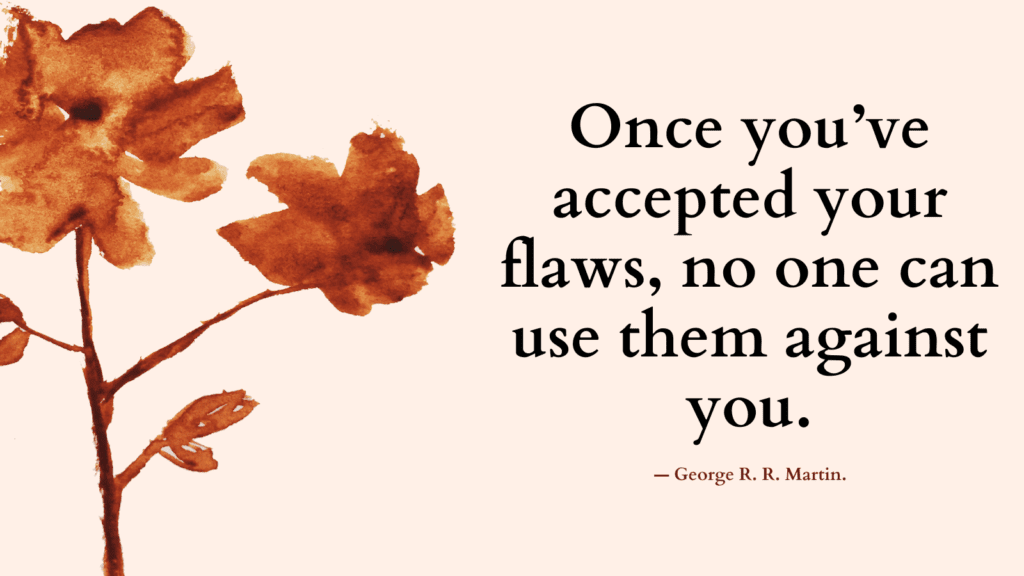If you’ve struggled with body image, chances are mirrors and photos haven’t felt safe for you. You may avoid them, obsess over them, check them constantly, or dread what you’ll see. For many people — especially those recovering from disordered eating or body dysmorphia — mirrors and photos become emotional battlegrounds.
But it doesn’t have to stay that way. You can heal your relationship with your reflection — not by forcing self-love, but by learning to see your body with neutrality, curiosity, and care.
How to Heal Your Relationship with Mirrors and Photos?
1. Understand What You’re Actually Looking For
When you check a mirror or analyze a photo, ask yourself:
- “Am I looking for flaws — or for reassurance?”
- “Am I trying to confirm I’m still ‘okay’?”
- “What would happen if I didn’t check?”
Often, mirror-checking or photo anxiety isn’t about appearance — it’s about needing safety, control, or acceptance.
2. Stop Using Mirrors or Photos as Mood Meters
If how you look determines how you feel, you give your reflection all the power.
Try telling yourself:
- “My appearance doesn’t have to set the tone for my day.”
- “I don’t have to like what I see to still treat myself with care.”
- “This image is just a snapshot — it doesn’t define my worth.”
You are more than the moments your image was captured.
Related: Positive Body Image Quiz
3. Set Boundaries With Mirror Time
Instead of avoiding mirrors completely or constantly checking:
- Use mirrors only for functional tasks (getting dressed, grooming)
- Stand at a neutral distance — avoid zooming in or scrutinizing
- Keep mirror sessions short, and leave when you’re done
The goal isn’t to avoid your reflection — it’s to decenter it.
4. De-Power Photos With Exposure and Compassion
Start by:
- Looking at photos in low-stress moments (not when you’re already upset)
- Choosing photos you feel neutral about, not triggering ones
- Sitting with the discomfort without spiraling into judgment
Say:
- “This is one version of how I look, in one moment.”
- “I am not a photo. I am a full, living person.”
- “It’s okay to feel uncomfortable — and still keep going.”
Repeated exposure with a calm mind reduces the photo panic over time.
Related: What Is A Distorted Self Image & How To Build A Positive One?
5. Take Photos on Your Own Terms
If you only take photos when you’re expected to “look good,” it reinforces fear and pressure.
Try:
- Taking casual, unposed photos just for yourself
- Experimenting with angles and lighting for curiosity, not perfection
- Keeping some photos unfiltered and unedited as an act of self-trust
Let photography be a form of expression, not judgment.
6. Separate Image From Identity
You are not your reflection. You are not your profile picture. You are not the worst photo someone tagged you in.
You are:
- A full, feeling, evolving human
- A body that experiences life — not one that must always look right doing it
- Worthy of presence, regardless of how you appear in any given frame
Let that truth anchor you when a mirror or photo tries to shake your self-esteem.
7. Use Affirmations That Build Safety, Not Just Positivity
Try these body-neutral affirmations:
- “My reflection doesn’t define my value.”
- “I can feel discomfort and still show up for myself.”
- “My body is not a decoration — it’s a home.”
- “Photos are moments — not measures of worth.”
You don’t have to love every image. You just need to loosen its grip.
Related: Top 5 Body Dysmorphia Exercises (Cognitive Behavioral Therapy For BDD)
8. Get Curious, Not Critical
When you look in the mirror or at a photo, try replacing judgment with curiosity:
- “What am I really reacting to here?”
- “What expectations am I putting on myself?”
- “How would I speak to a friend looking at this same image?”
Shifting from harshness to gentle observation helps dissolve shame.
9. Work Toward Acceptance, Not Perfection
Healing your relationship with mirrors and photos doesn’t mean you’ll always love what you see. It means you’ll stop letting what you see decide who you are.
Acceptance sounds like:
- “I don’t love this photo, but I don’t need to delete it to feel okay.”
- “My reflection is just one part of my day — not the center of it.”
- “I can be kind to myself even when my body image feels off.”
Related: Body-Focused Repetitive Behaviors: Skin Picking and Hair Pulling
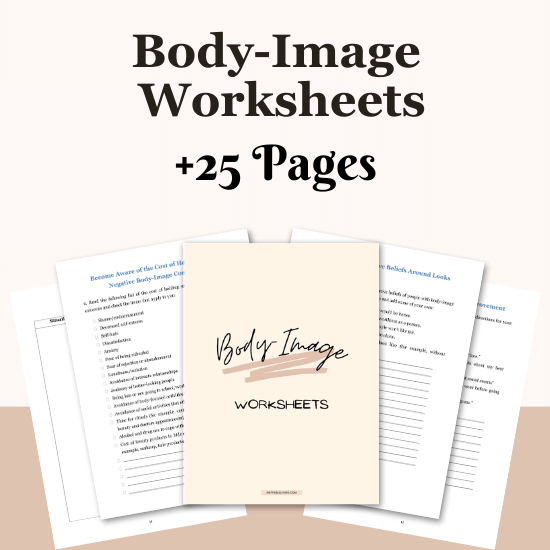
Conclusion
Mirrors and photos can feel like enemies — but they don’t have to be. With intention, exposure, and compassion, they can become tools you use — not tests you pass. You don’t need to smile at your reflection every day. You just need to stop letting it silence your worth.
You are not what you see. You are who you are — and that’s more than any image can capture.
